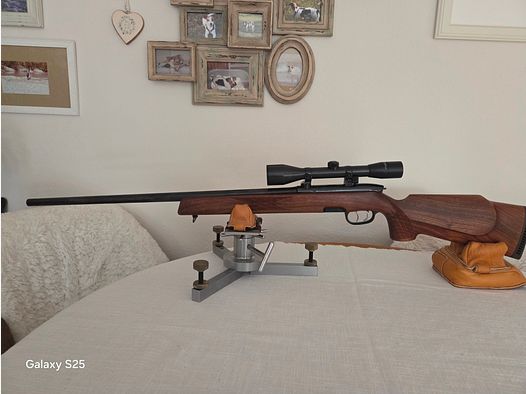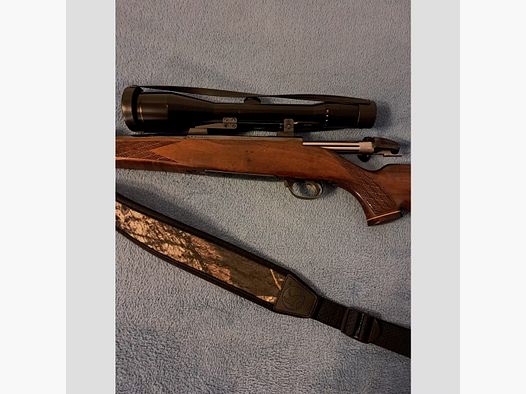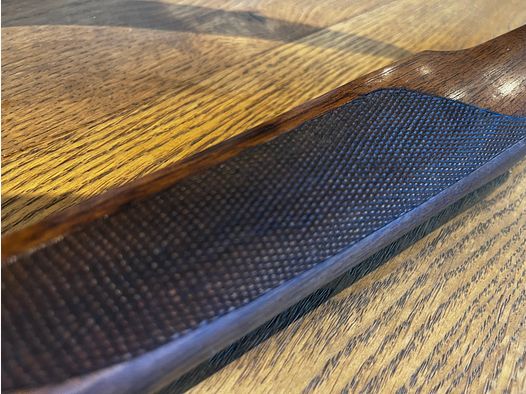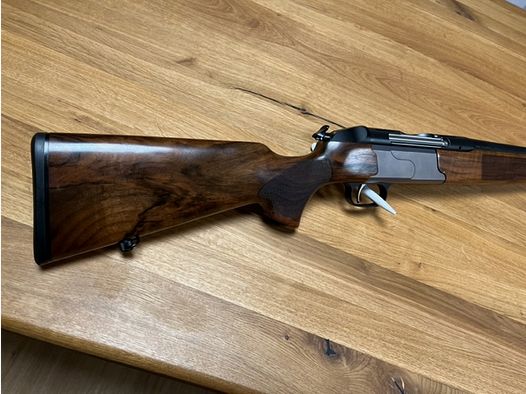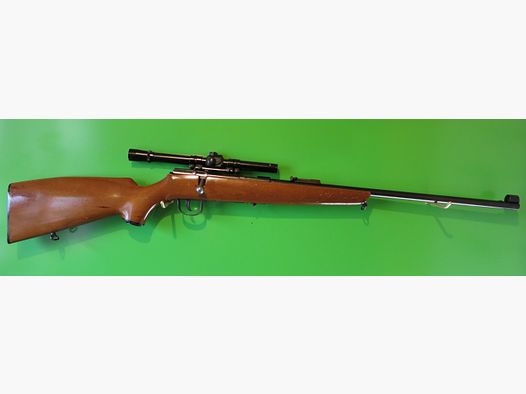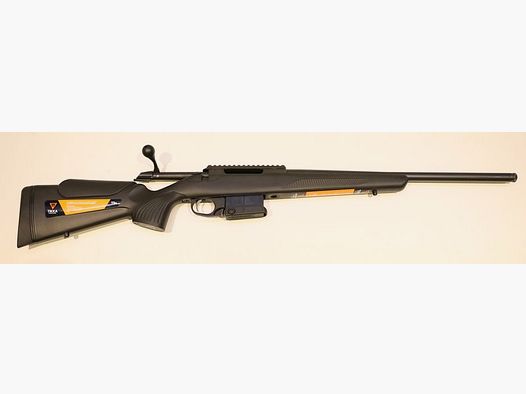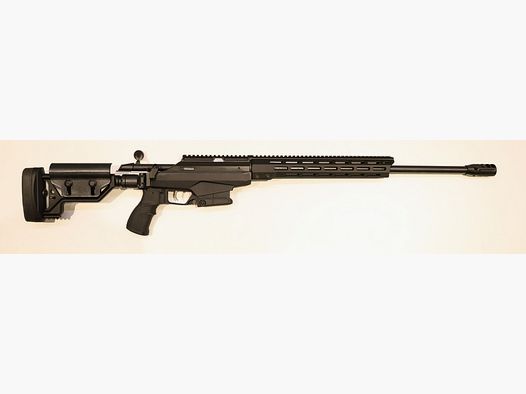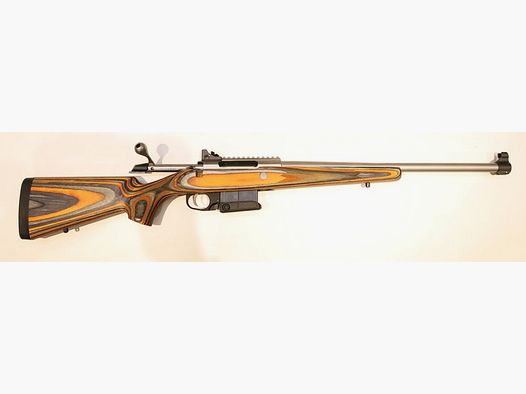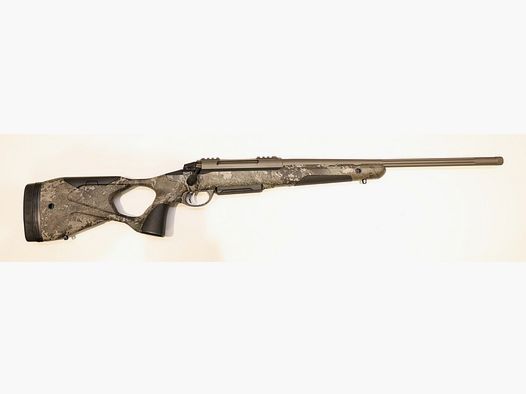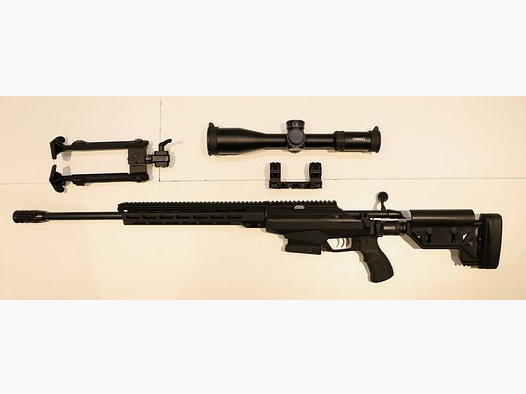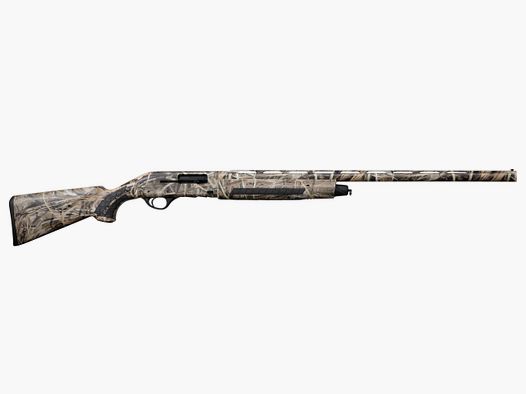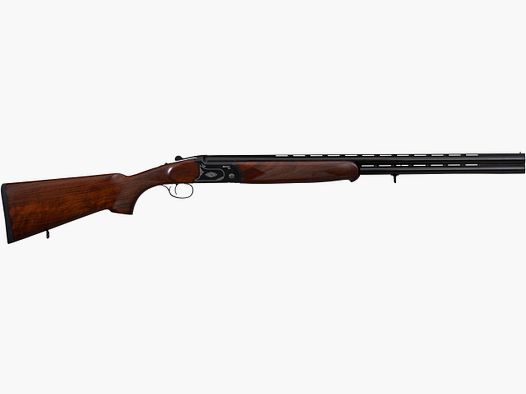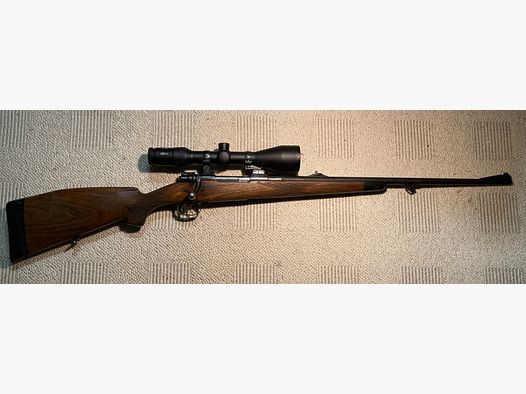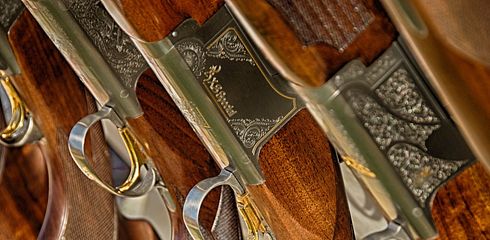Successful hunting requires not only in-depth knowledge of the game and its behaviors but also precise knowledge of anatomy and optimal shooting points. This is essential to ensure a quick and humane kill and to avoid unnecessary suffering of the game. Below, we will present detailed information on the best shooting points for safe shots depending on the game species.
Red Deer
Red deer, the largest native ungulate in many regions, have a robust body structure, making the selection of the right shooting point very important. The heart shot is considered one of the safest and most effective shots for red deer. The target area is just behind the front leg, where the heart and lungs are located. A correct heart shot leads to massive blood loss, causing the animal to die quickly and humanely.
Wild Boar
Wild boars have a particularly strong bone structure and a thick layer of fat, which can complicate a quick kill. The preferred shooting area is also the heart, where the heart and lungs are located. It should be noted that the shooting point for wild boars is lower than for other game species, as their organs are situated deeper in the body. A well-aimed heart shot can also lead to a quick death even in a robust boar.
Roe Deer
Roe deer are small and lightly built. Here too, the heart shot is the recommended shooting point. Unlike larger game species, a heart shot can be aimed more precisely in roe deer, as the heart is relatively large compared to the body size and is easily accessible. A well-placed heart shot leads to immediate death.
Fox
For the fox, the heart shot is not recommended, as the lungs and heart are small in relation to the body size, thus reducing the shooting area. Therefore, a head shot is the best choice here. However, this requires high precision and should only be performed with sufficient shooting skill and safety.
Hare
For the hare, the head shot is also the recommended shooting point, as the small heart and lungs are difficult to hit, and the animal could otherwise suffer unnecessarily. When hunting hares, it is important to ensure a safe shot, as the animal can flee very quickly and far when injured.
Pheasant
For the pheasant, a breast shot is advisable, as the animal usually flies when startled. Here, the hunter should aim slightly ahead of the animal to account for lead.
Duck
Ducks are usually hunted in flight. Again, a breast shot is recommended, with the hunter also needing to consider lead to hit the moving target. Additionally, care should be taken to shoot at a height that ensures a safe trajectory and poses no danger to others.
Moose
When hunting moose, the heart shot is the best shooting point. Moose have a very large body mass, and the heart is located relatively low. Therefore, the shot should be well planned and only taken when the moose is in a favorable position.
Capercaillie
The capercaillie has an impressive size and can be hunted both on the ground and in flight. A breast shot is suitable here, with lead needing to be considered if the animal is flying.
Fallow Deer
For fallow deer, which have a similar body structure to red deer, the heart shot is also recommended. Hitting the heart and lungs quickly leads to a fatal outcome, resulting in a humane death for the animal.
Conclusion
Knowledge of the best shooting points is essential for effective and ethical hunting. It allows for a quick and humane death of the game and minimizes the risk of missed shots and unnecessary suffering. However, this requires a solid understanding of the anatomy of the game and careful shot planning.
Ultimately, it should be noted that a shot should only be taken when the hunter is confident of achieving a lethal hit. This includes not only knowledge of the best shooting points but also sufficient shooting skill and safety. Only in this way can effective, ethical, and responsible hunting be ensured.



